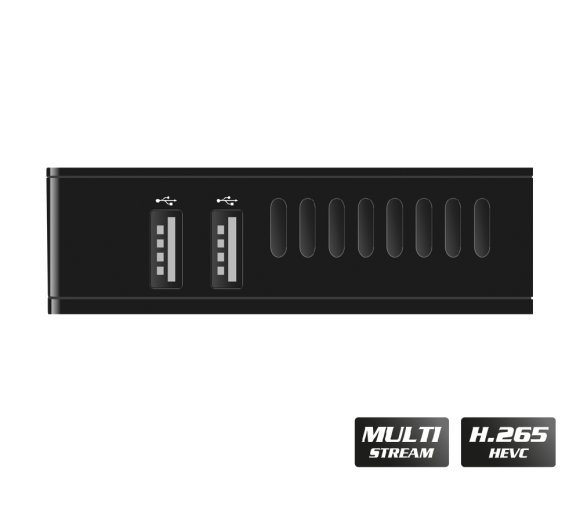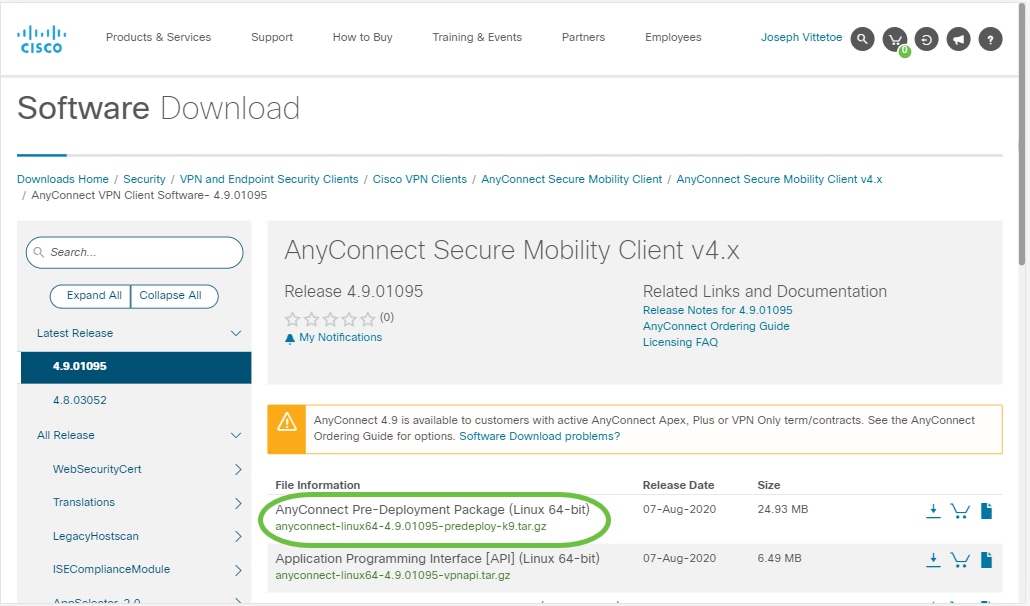

A typical tracert on a Windows machine would look like the following. On a Linux system, like Kali, the command is traceroute. The traceroute command in Windows is tracert.

Windows platforms have a default TTL of 128, Linux platforms start with a TTL of 64, and Cisco networking devices have a whopPing TTL of 255. This can be helpful for a penetration tester when determining what devices are on a network. This continues until the target is reached, and all hops along the way have been recorded, creating a listing of all devices between the initiating computer and the target. The packets will reach their expected time to live at the next hop along the network which in turn, causes the receiving router to send another time exceeded reply.
#Cisco receiver linux series#
The sender increases the TTL by 1 and sends the next series of packets.
#Cisco receiver linux code#
The receiving device will send back an ICMP type 11, code 0 packet ( time exceeded), and the packet is logged. The command will start with a TTL value of 1 indicating the packet can only go as far as the next device between the initiator and the target. The TTL is the number of times the packet can be rebroadcast by the next host encountered on the network or hops.

This command works by manipulating the packets time to live value or TTL. Traceroute uses ICMP’s Ping command to find out how many different devices are between the computer initiating the traceroute and the target. James Broad, Andrew Bindner, in Hacking with Kali, 2014 Traceroute


 0 kommentar(er)
0 kommentar(er)
